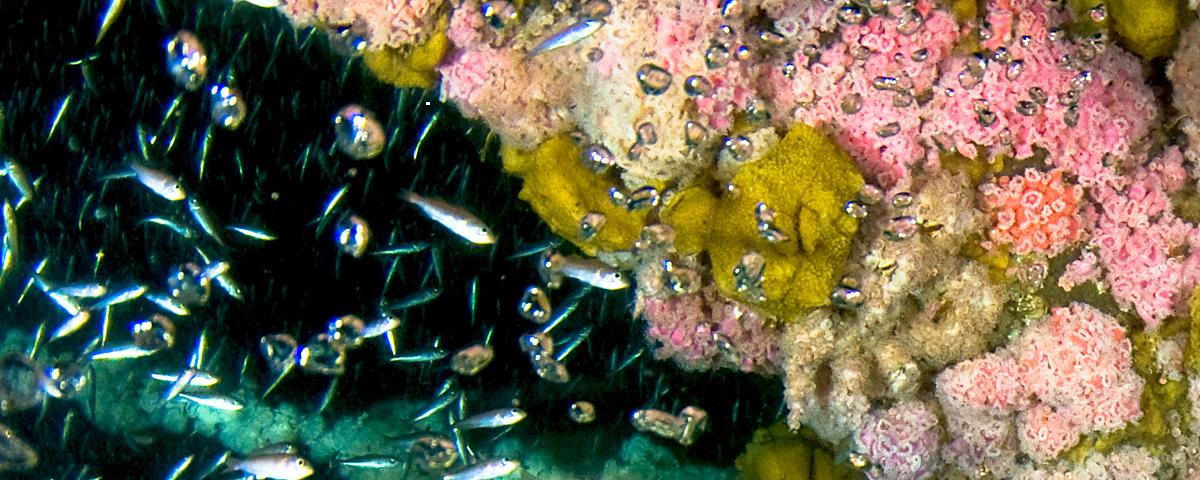Effects of the Terra Nova offshore oil development on benthic macro-invertebrates over 10 years of development drilling on the Grand Banks of Newfoundland, Canada
Abstract
From the Abstract: “This paper describes effects of drilling with water and synthetic-based drilling muds on benthic macro- invertebrates over 10 years at the Terra Nova offshore oil development. As such, the paper provides insight on the effects of relatively new synthetic-based drilling muds (SBMs), and makes an important contribution to our understanding of the long-term chronic effects of drilling on benthic communities. The Terra Nova Field is located approximately 350 km offshore on the Grand Banks of Newfoundland (Canada). Sediment and invertebrate samples were collected in 1997 (baseline) prior to drilling, and subsequently in 2000, 2001, 2002, 2004, 2006, 2008 and 2010. Approximately 50stations were sampled in each year at distances of less than 1 to approximately 20 km from drill centres. Summary benthic invertebrate community measures examined were total abundance, biomass, richness, diversity and multivariate measures of community composition based on non-Metric Dimensional Scaling (nMDS). Decreases in abundance, biomass and richness were noted at one station located nearest (0.14km) to a drill centre in some environmental effects monitoring (EEM) years. These decreases coincided with higher levels of tracers of drillmuds in sediments (barium and 4C10–C21 hydrocarbons). Abundances of selected individual taxa were also examined to help interpret responses when project-related effects on summary measures occurred. Enrichment effects on some tolerant taxa (e.g., the polychaete family Phyllodocidae and the bivalvefamily Tellinidae) and decreased abundances of sensitive taxa (e.g., the polychaete familie Orbiniidae and Paraonidae) were detected to within approximately 1–2 km from discharge source. Lagged responses three to five years after drilling started were noted for Phyllodocidae and Tellinidae, suggesting chronic or indirect effects. Overall, results of benthic community analyses at Terra Nova indicate that effects on summary measures of community composition were spatially limited but, as seen elsewhere, some taxa were more sensitive to drilling discharges.”

